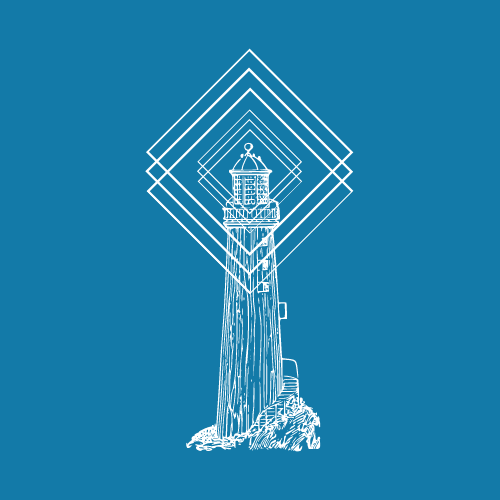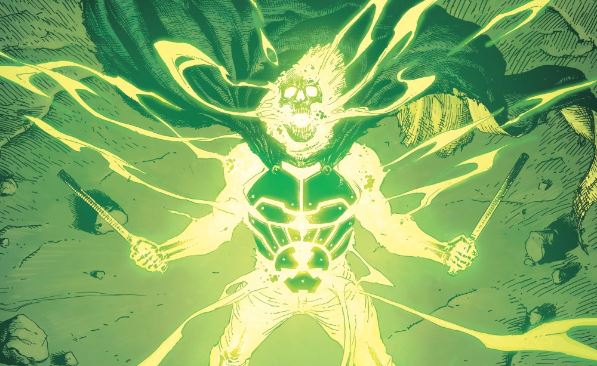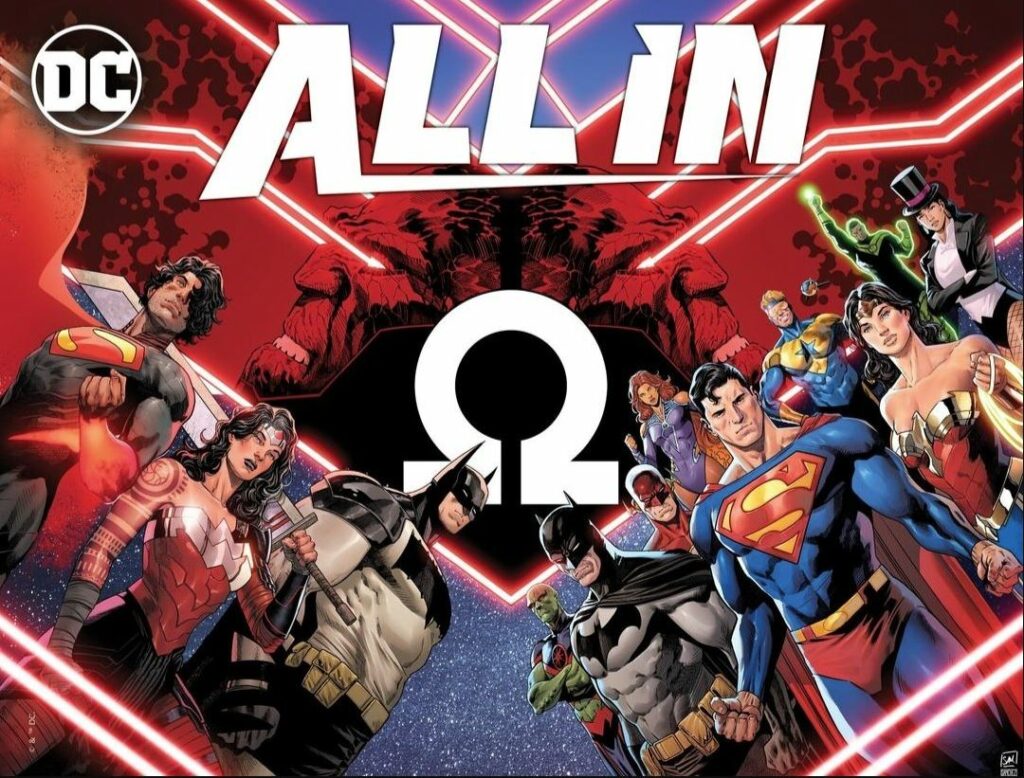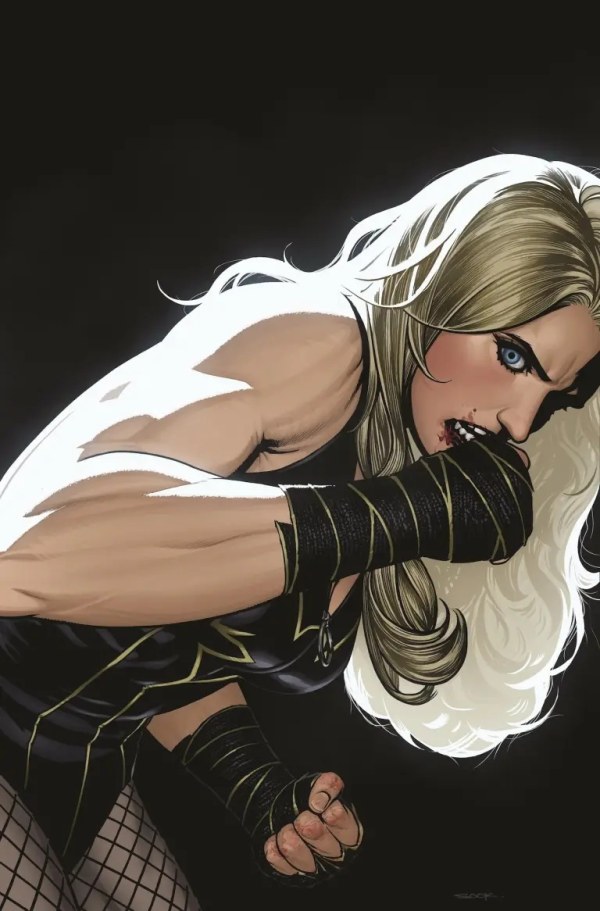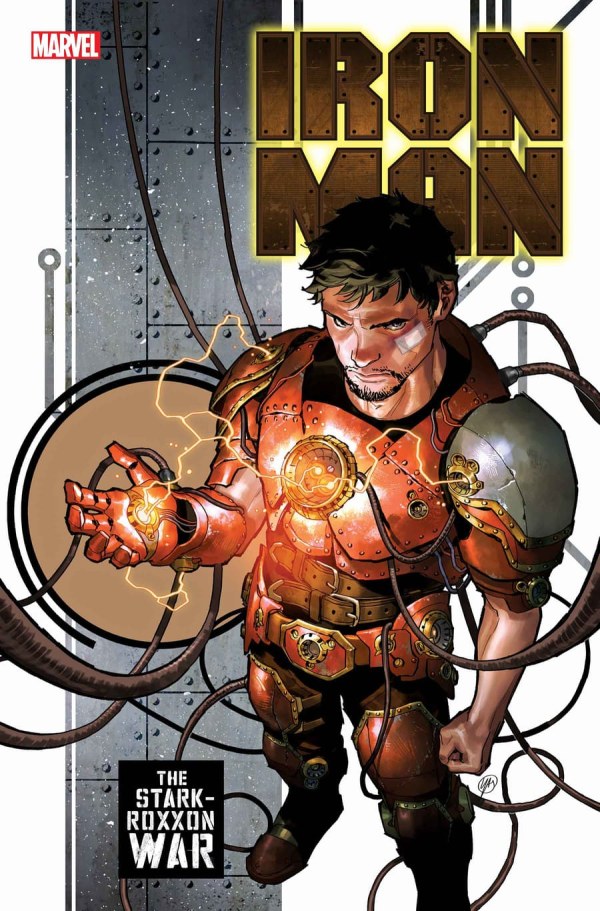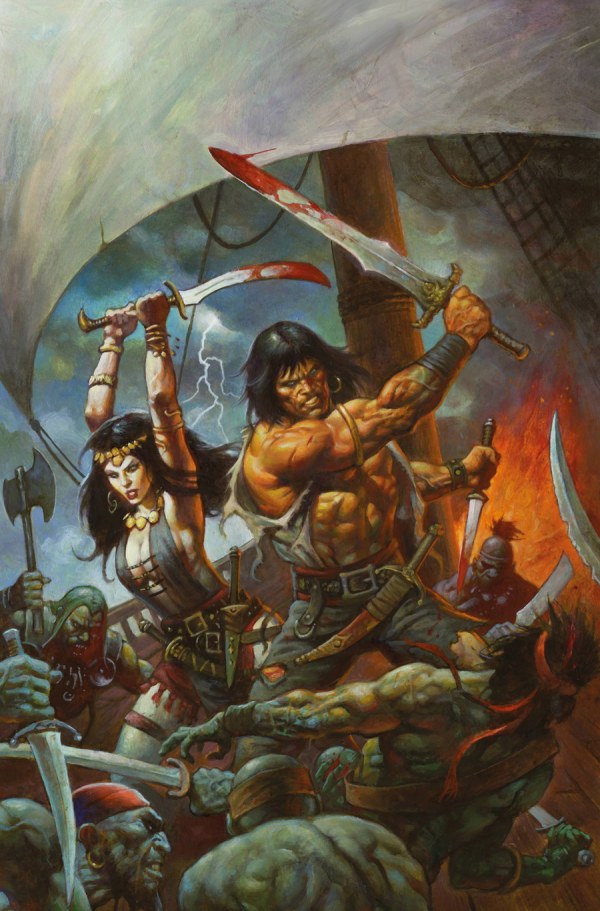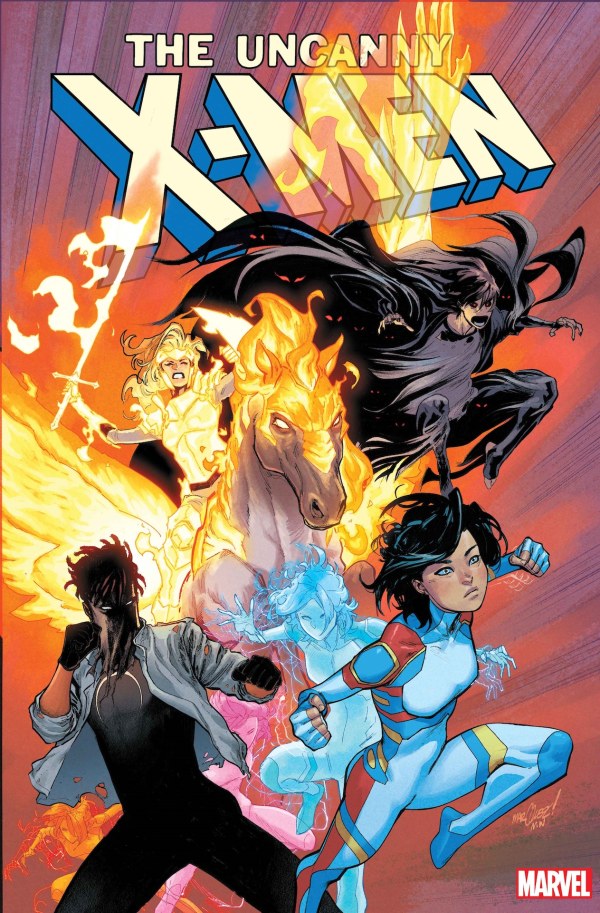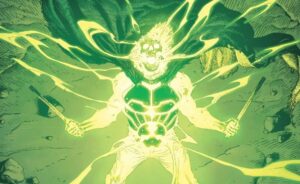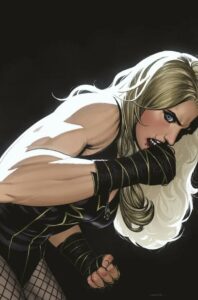Nearly a week out, with the sounds of convention stalls being packed up receding far into the distance, NYCC 2023 has well and truly come to a close.
This year’s convention saw huge announcements from all corners of the comic book industry, whether that be from usual suspects Marvel and DC, or from more surprising players in the creator-owned space.
It generated a lot of buzz, but more than that it generated in me a lot of emotions: about the curious state of the comics industry, about my relationship with superhero fiction and also about the grand potential outside of the Big Two.
In this column, I’ll be examining what worked at this year’s New York Comic Con and what didn’t. Which publishers seemed to really find a way to capture the imagination of readers (old and new), and which publishers dusted off their ol’ reliables in an effort to play the same tunes they’ve relied on for years now. And most importantly what these announcements, and their relationship with a changing readership, seems to suggest about the future of the comic book industry.
Elseworlds Than These to Find Excitement
DC Comics have been in an interesting place this year, and have been long before NYCC 2023 rolled around.
On one hand, Dawn of DC kicked off to a great reception. Ongoing titles like Action Comics, Poison Ivy and Nightwing have (to very different audiences) continued to impress. Meanwhile, new runs on titles like Superman have reinvigorated interest in properties that felt woefully underserved for far too long.
It’s like DC have tapped back into the nostalgic reverence that underpinned 2016’s Rebirth initiative, the one that brought so many lapsed fans back into the fold. Adams & Xermanico’s Green Lantern, Williamson & Campbell’s Superman and Waid & Mora’s World’s Finest all feel like direct appeals to the mindset of the “classic” DC fan. After all, none of these titles are attempting to radically innovate on familiar properties – in some cases, they’re doing the opposite, with World’s Finest deliberately going back to the past and reproducing a certain Silver Age set of aesthetics and sensibilities. Rather than reinventing the wheel, DC is focusing on dusting off the ones they’ve got and making them turn as smooth as possible. It’s stable, it’s familiar, and it’s safe.
None of those are inherent criticisms either, though I do tend to err closer to those radical displays of creativity, rather than increasingly self-referential exercises in pulp fiction. No, if anything, I respect DC’s restraint. Sometimes you need to spend a little while righting the ship, and Dawn of DC started to do just that.
On the other hand, Knight Terrors killed all their momentum, and if that didn’t then Gotham War surely drove a batarang clean through its heart.
That’s left DC Comics in a precarious position, where it feels like they simultaneously need to reinvest in the energy they were building prior to Knight Terrors while also feeling like they might be better served just coming at the problem from a whole new angle, again, and starting all over.
The result of this is an unfortunate kind of miasmatic apathy that seeped into most of my reading, at least when it comes to mainstream cape comics. Separating out the general fatigue of having read certain character’s stories for 12+ years straight from the specific feelings brought on by this year is, admittedly, an increasing challenge, and I acknowledge some personal biases likely influencing my takes here. But the general temperature in online discourse seems to mimic much the same thoughts as my own. Superhero comics feel more circular than ever, with the sleight of hand needed to hide that trick evaporating before our eyes.
It’s with cautious optimism then that I approached the surprise announcement that DC’s Elseworlds imprint would finally be returning in 2024.
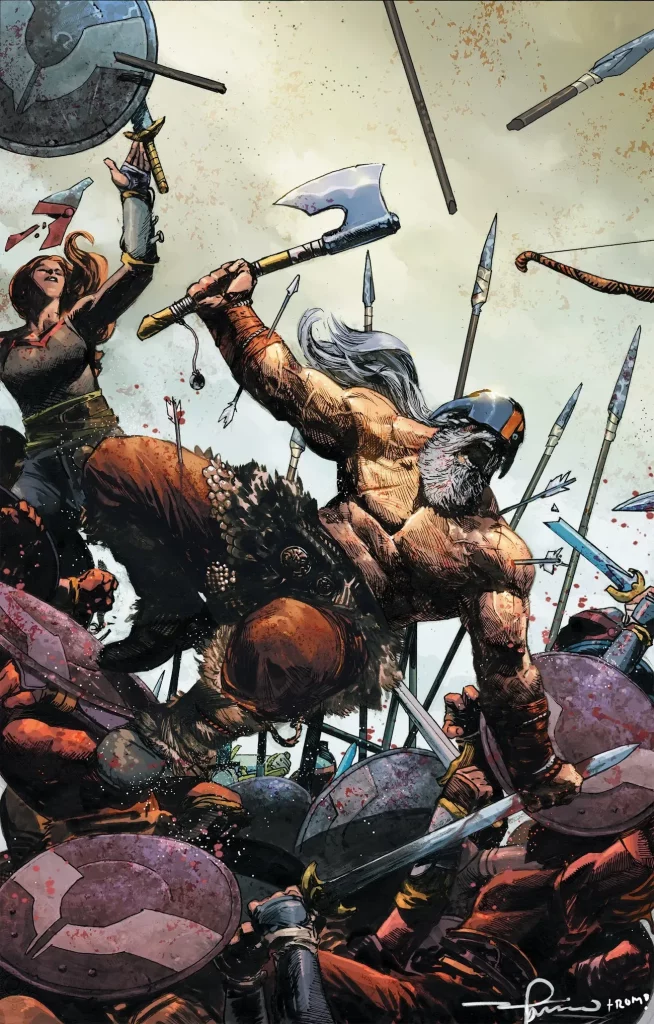
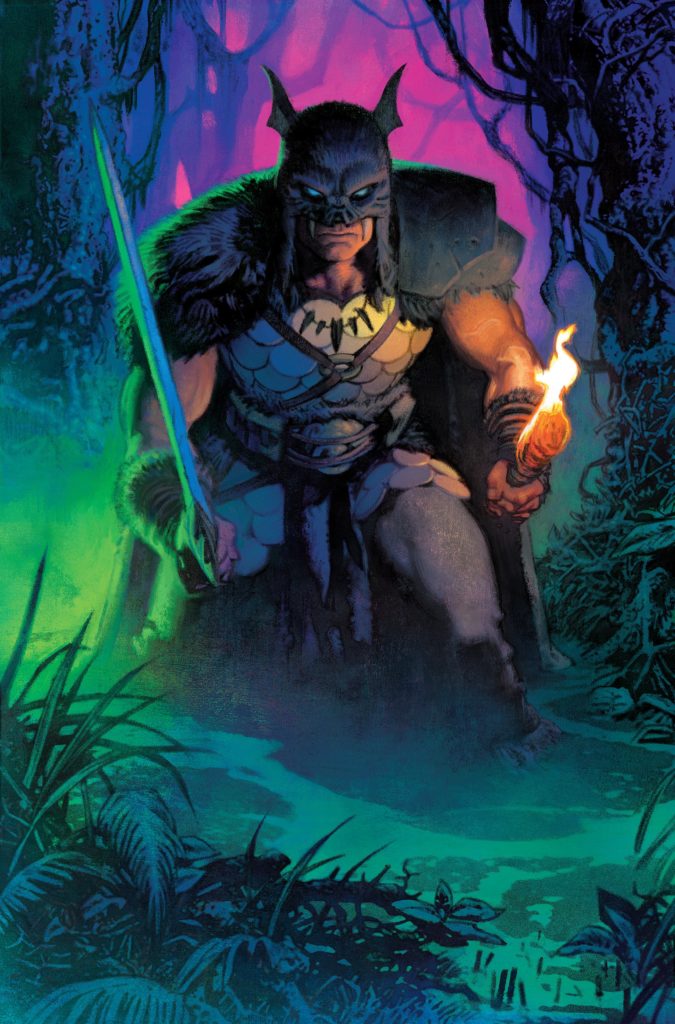
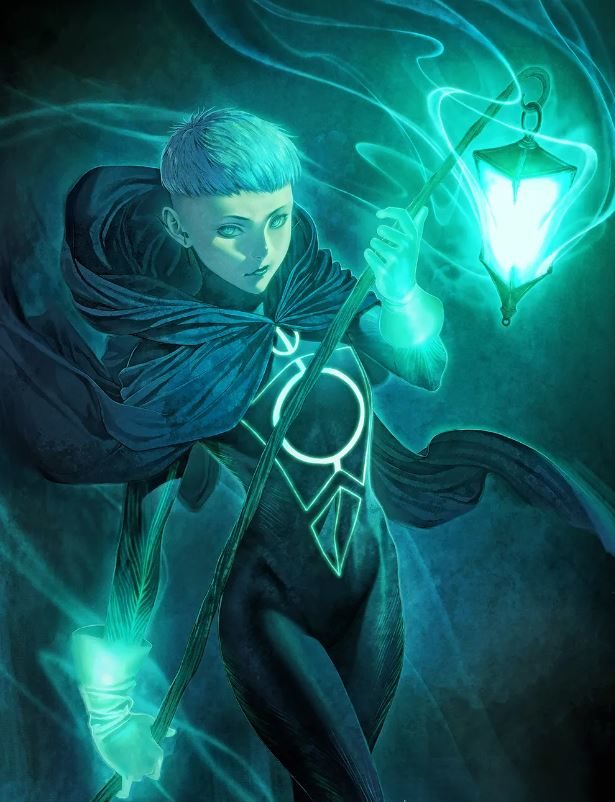
Some of this interested more than others, of course. Sequels and spin-offs to alt-universes like Dark Knights of Steel and DC vs Vampires do little for me now, just as they did little for me when they progenitors first launched. However, the more creative entries swung me totally the opposite way, really piquing my interest. Green Lantern: Dark enraptured me in its promise of dark magic meets sci-fi post-apocalypse, and after Human Target I’m pretty sure I’d follow Greg Smallwood anywhere, especially into a Batman the Barbarian Elseworlds title.
A return to prestige-format, creatively-rich limited series that let writers and artists run wild is such a strong indicator of a return to form. It also gives the main continuity line a little breathing room, creating space for it to find its footing and direction once more without the pressure of having to hold the entire publishing line up atop its shoulders.
My reticence? That this becomes another one-to-two-year effort, vaguely supported in marketing and populated with some great ideas, but ultimately brought down by a lack of consistency and vision.
I want to know that someone is at the helm curating a line of the very best Elseworlds stories from across the entire industry’s creative pool. It would greatly benefit DC to have one of the editorial forces behind Elseworlds step out, loudly and consistently, as a face and spokesperson for the line. A great example would be Jordan D. White, and the outreach he and the X-Office commit to facilitating by opening dialogue with X-Men fans through AIPT’s X-Men Monday interview series.
As opening salvos to NYCC 2023 could go, I’ll reiterate my surprise and joy at much of the news. I just can’t help but feel a little disappointed that most of my excitement for the publisher that got me into comics resides in the books that sit wholly outside of what it’s actually busy focusing on.
Then again, they’ve also got Spurrier and Campbell back on Hellblazer, so maybe all is right with the world.
The Creator-Owned Renaissance
On the opposite end of the corporate spectrum, NYCC 2023 was a hotbed for announcements in the creator owned space.
First up, Geoff Johns announced the beginning of Ghost Machine – a new company that feels like the natural evolution of his work under the Mad Ghost imprint, previously housing his Gieger and Junkyard Joe properties.
Speaking of, his co-creator on those projects, Gary Frank, as well as longtime collaborators like Bryan Hitch, Peter J Tomasi, Francis Manapul and Jason Fabok (among others) are joining him in this venture. The goal? Beyond being the new home of “The Unnamed” universe, featuring Gieger, Junkyard Joe and upcoming Redcoat, it will also introduce readers to three other creator-owned universes of stories.
What’s more, all these creators are exclusive to Ghost Machine. That means you won’t see any more Marvel or DC comics with their work for a considerable amount of time.
Given the many delays to Johns’ Justice Society of America, I had falsely assumed he might have been receding slightly from the comics industry; news like this is therefore both surprising and exciting. I’ve found a lot to enjoy with the “Unnamed” series so far, and with his full attention finally devoted to it I can only imagine the calibre of work improved further. What’s more, the pressure this puts companies like Marvel and DC under by effectively locking down a considerable amount of highly experienced talent? In a perfect world, it encourages these larger companies to invest in their best creators and make real strides in discovering and uplifting the next big thing, whether it be in the writing, pencilling or colouring world.
On that note of publishers losing talent, Rick Remender pulled a similar coup by signing 12 incredible artists to exclusively work alongside him under his Giant Generator imprint.
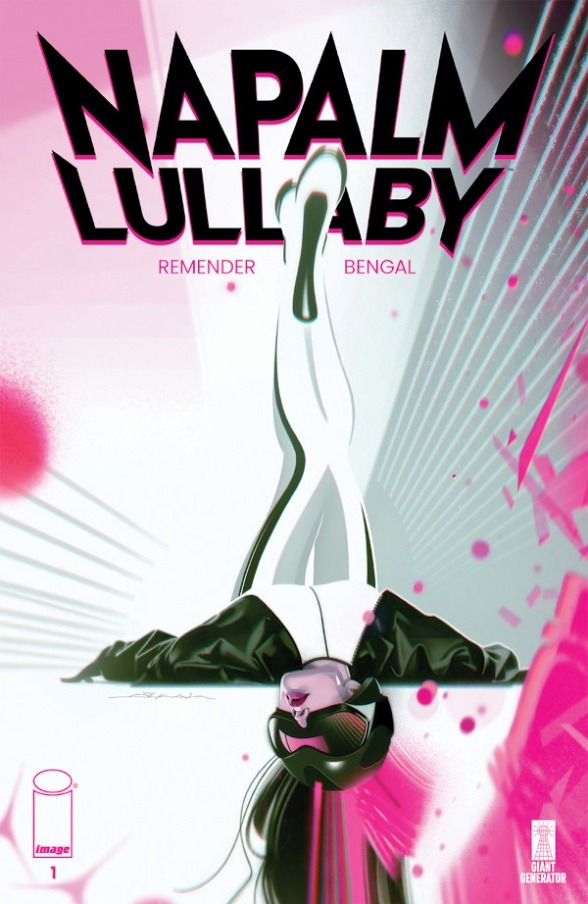
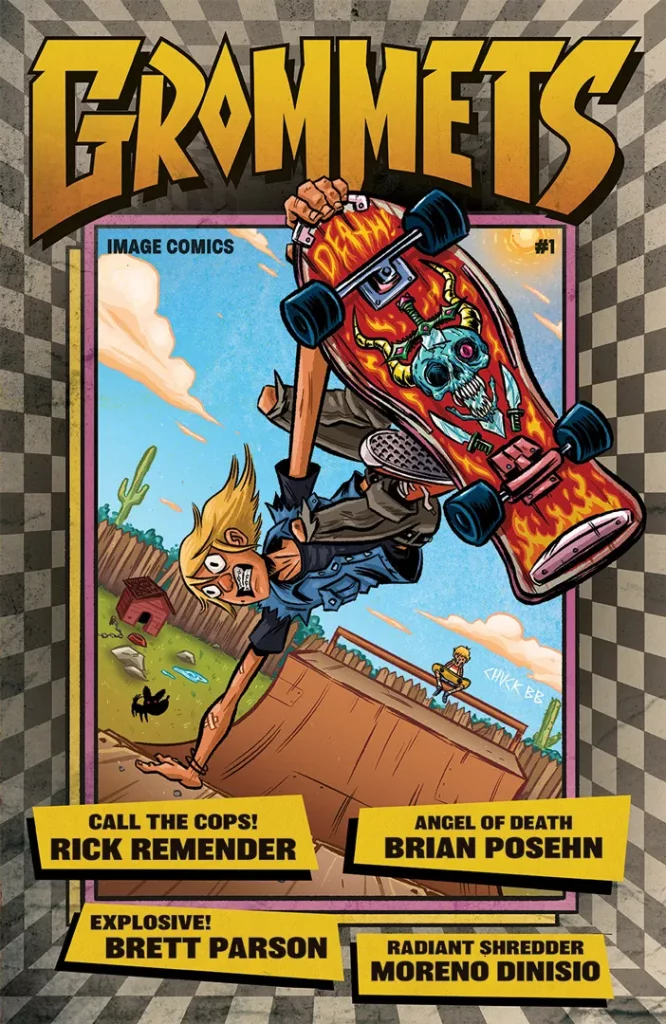
My love of Remender’s work knows no bounds, so seeing this announced was like the most disorienting and thrilling one-two punch to the cranium that you could imagine. New creator-owned books like Napalm Lullaby, Grommets and even a new JG Jones series are immensely exciting!
These announcements, as well as the subsequent news of ten new Spawn Universe titles, stirred in me the kind of anticipatory fervour that I can only imagine is what others felt like in the early ’90s when the idea of Image Comics first came into being. The mass exodus of incredibly high calibre talent from the Big-Two, the promise of entirely original narratives driven by the best art and fervent passion, and the general atmosphere of possibility has helped re-instill in me that generative sense of wonder that I first felt when I got in to comics.
David Harper, of the wonderful SKTCHD, talked recently in his wrap up of NYCC 2023 about creators being in an ’empire building phase’ and I think that’s apt. There is this real feeling in comics, particularly in the creator owned space, that the people really killing it aren’t just making one thing, they’re making a world of things. McFarlane, Tynion, Higgins, Johns and Remender, all building out what could be the Next Big Thing. And while the ever-increasing desire to create the shared universes fills me with a pre-emptive exhaustion due to the investment I’ll potentially have to make, these announcements circumvent that. Like Tynion’s growing kingdom of horror, Ghost Machine and Giant Generator benefit from everything sharing creative and thematic resonance without being literally connected by shared narrative.
It’s a simple ethos: build something so cool you want to read every part of it; don’t build something so vast you have to read every part of it. It’s the difference between diving in to an emerging, rewarding future, and wading through reading lists to complete your comic book homework in time for next month’s releases.
It works because you’ve got a cadre of brilliant creators who are challenging themselves to discern, precisely, what exactly is the type of story that’s their shit, and then making the best, most imaginative, version of that they can. It captures the minds of so many because they know, from moment zero, that it’s the exact thing that would excite them as a reader.
Speaking of understanding how to capture, and sustain interest in a shared universe…
The Fall of (My Interest in) X
It’s been four years since House of X / Powers of X released, and with it comes the end of the Krakoan era. Marking that solemn moment is the appropriately titled Fall of the House of X, Rise of the Powers of X and Resurrection of Magneto, new details for which we discovered at NYCC 2023.
For context, Hickman and co.’s reinvention of the X-Men got me into reading them monthly for the first time in decade-plus of reading comics. It was as bold and out-there as it was stripped back and accessible. Filled with phenomenal artwork, ideas you didn’t think a mainstream publisher would let go to print, and a clear vision, Hickman’s Krakoan age injected into superhero comics what the creator-owned space had been beating them at for a while. Needless to say, it holds a special place in my heart, and I consider the early work some of the best Marvel comics ever produced.
Unfortunately, recent announcements have failed to capture that same sense of awe. It’s not the fault of the announcements themselves either – I trust Duggan, Gillen, Ewing, Werneck, Silva and Vecchio to deliver to the best of their abilities, and their abilities are vast. It’s the general creep of listlessness and diffusion of focus that has been gnawing away at the x-office for a while.
I’m not going to rehash any tired arguments about things deteriorating in the wake of Hickman’s exit. Not only were the remaining creators following a roadmap he himself left behind, albeit on a longer timescale, but it’s also apparent that some of the best Krakoan era stories came post-departure. Immortal X-Men, X-Men Red, Dark X-Men and Children of the Vault are all S-tier series that could only have existed on this prolonged timeline of events. Similarly, we would have missed out on A.X.E.: Judgement Day, and those that enjoyed Sins of Sinister would have been bereft too. Despite being the Hickman shill that I am, even I can recognise that the x-office operated exactly as he intended: a creative sandbox meant to be played in, especially by people other than him.
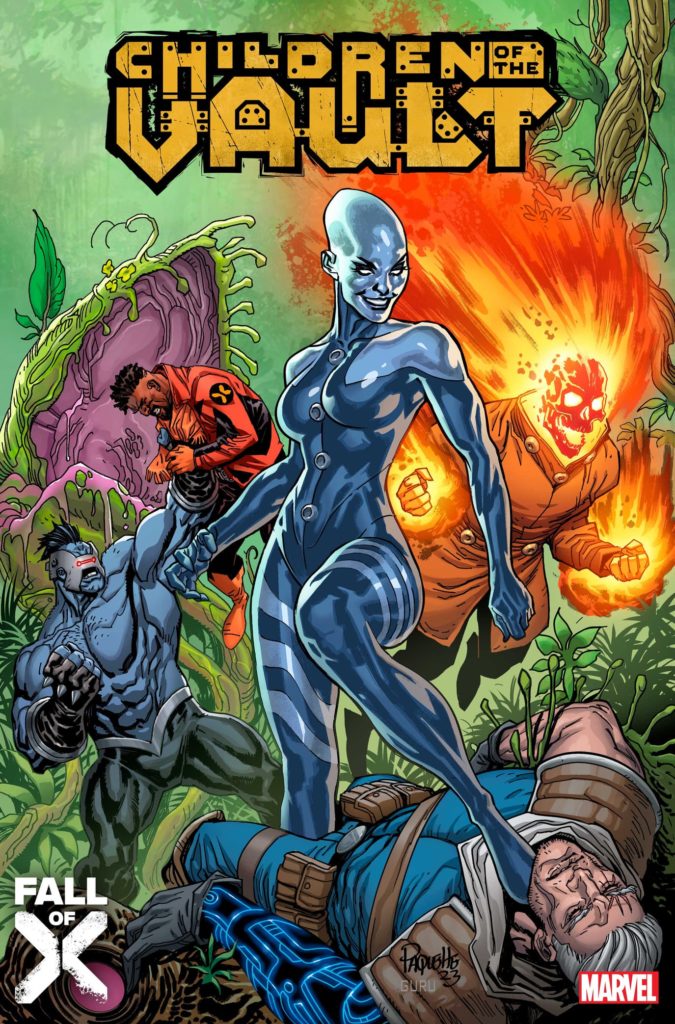
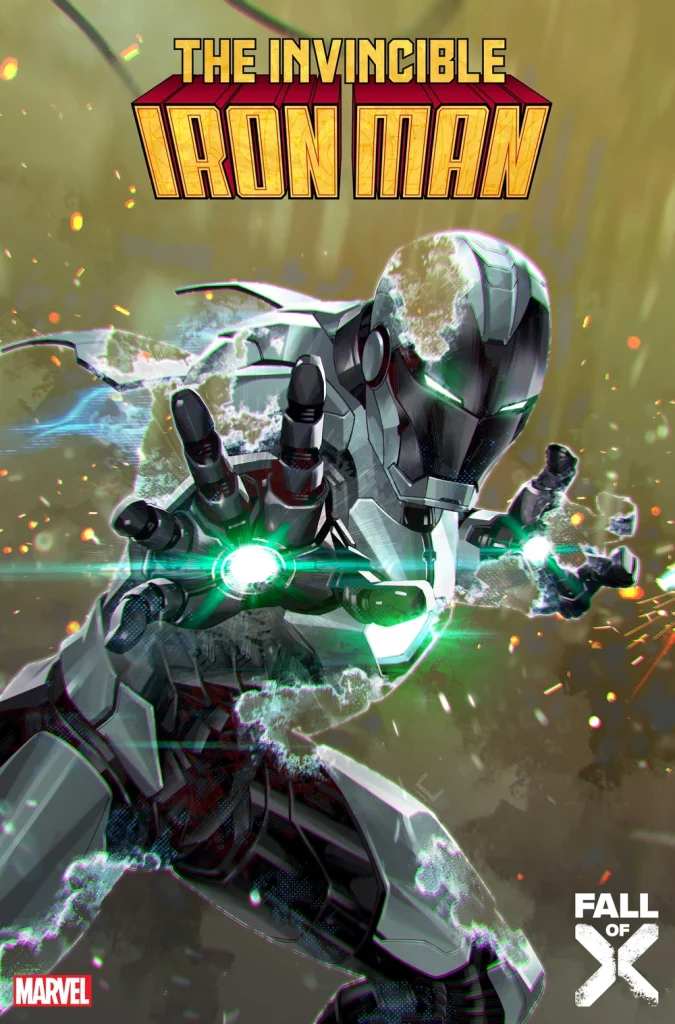
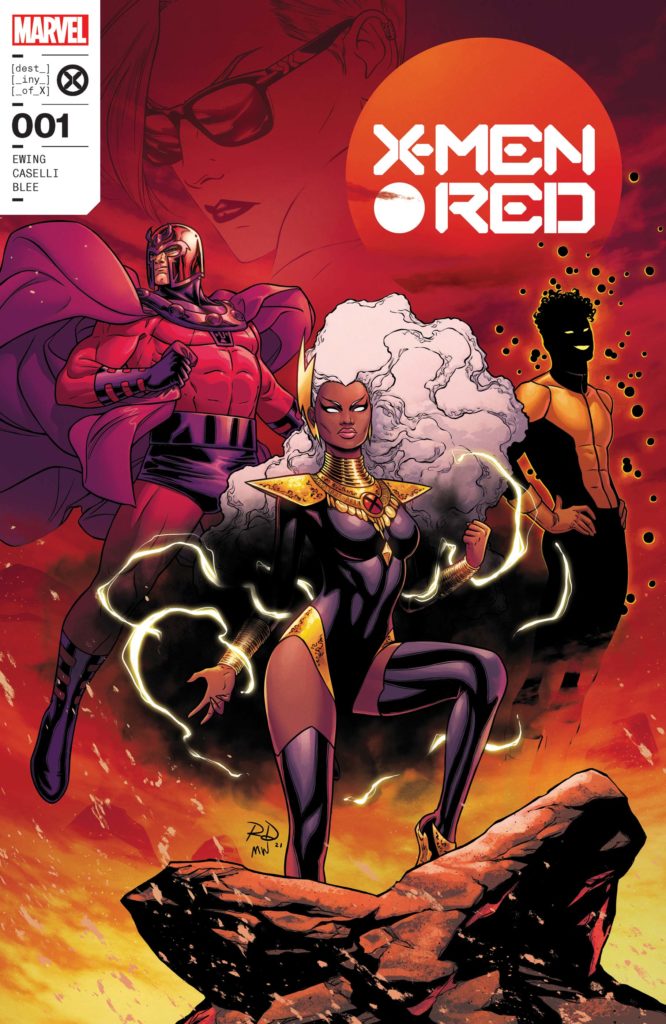
The problem has rested not on any of the core creators, but in the wider loss of focus the line has received. After all, there’s still plenty of good comics coming out under the x-label. Even last week, Percy and Ryp delivered another great issue of Wolverine – a book doing more now for me than it has over the last year. It’s a problem that starts top down, as Hickman’s exit (while not creatively destructive) did leave the fabled Head of X position vacant, and as such produced a vacuum of editorial temperament.
Decisions like rebooting various longstanding series for a cheap shot at those tasty #1 sales – Excalibur, Marauders, New Mutants – ultimately bit them in the backside. All the in-built momentum and long-term success that was garnered in 2019 was thrown by the wayside, cast off for short-term attempts at profit. Then, with the core pillars of the line eroded and books without a clearly defined tone or target audience proliferating the line, the dreaded onslaught of mini-series began.
Again, I won’t rehash the arguments around letting series run and build sales over time versus constant renumberings – it’s well-trodden ground that editorial and/or corporate decision makers either disagree on or refuse to engage with. All I can say is I felt much more invested and engaged when the publishing line was telling one set of constantly evolving stories, rather than playing some kind of ill-conceived magic trick where readers had to guess which book, in a swathe of constant new books, Marvel had hidden the plot under.
See above: my point about rewarding universes versus homework-by-comics.
All this culminated, when I saw the x-announcements, in being left emotionally adrift in a sea of mutant madness. I didn’t, and frankly still don’t, really feel like we’re seeing the crescendo of one of the boldest eras of comics. It feels instead like we’re floating across the finish line, with most of the people we started the race with having faded out or changing tactic so many times since we started that we might as well be finishing the race alone.
For now then, I’ll just chill with all the cool kids on Arrako. They know how to have a good time.
Marvellous Comebacks
The final bit of news I wanted to talk about presents an interesting counterpoint to everything I’ve just described. As one universe, that I’ve cared about for years, slowly comes to a quiet close, another universe that I have no historical interest in is being resurrected – and I couldn’t be more excited.
Of course, I’m speaking of the return (or is it?) of the Ultimate Universe, headlined this time around by that wily Jonathan Hickman character.
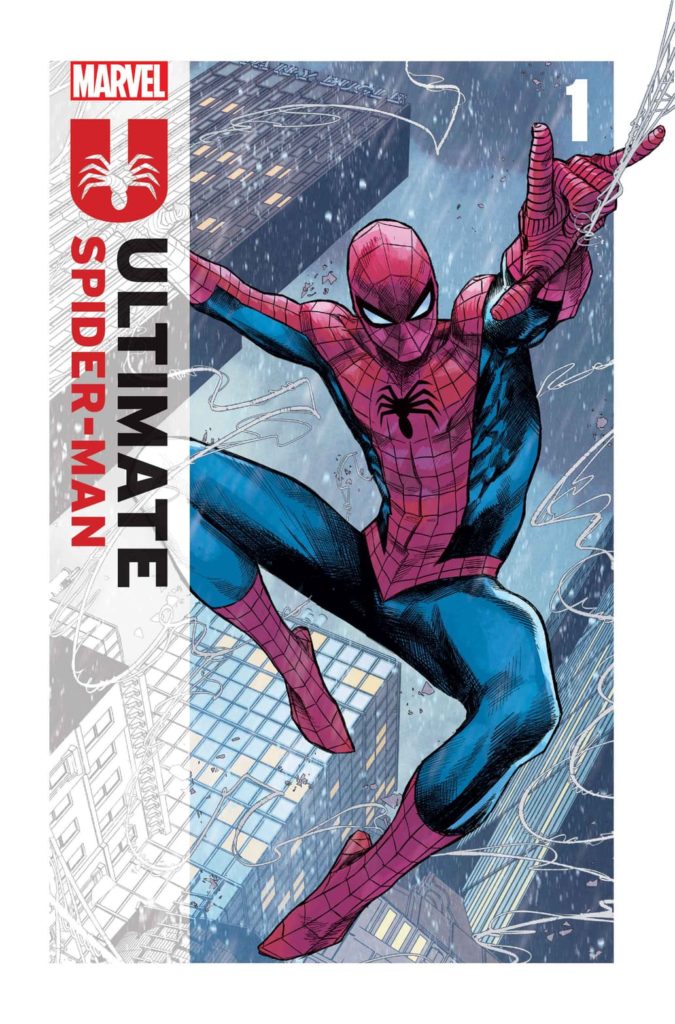
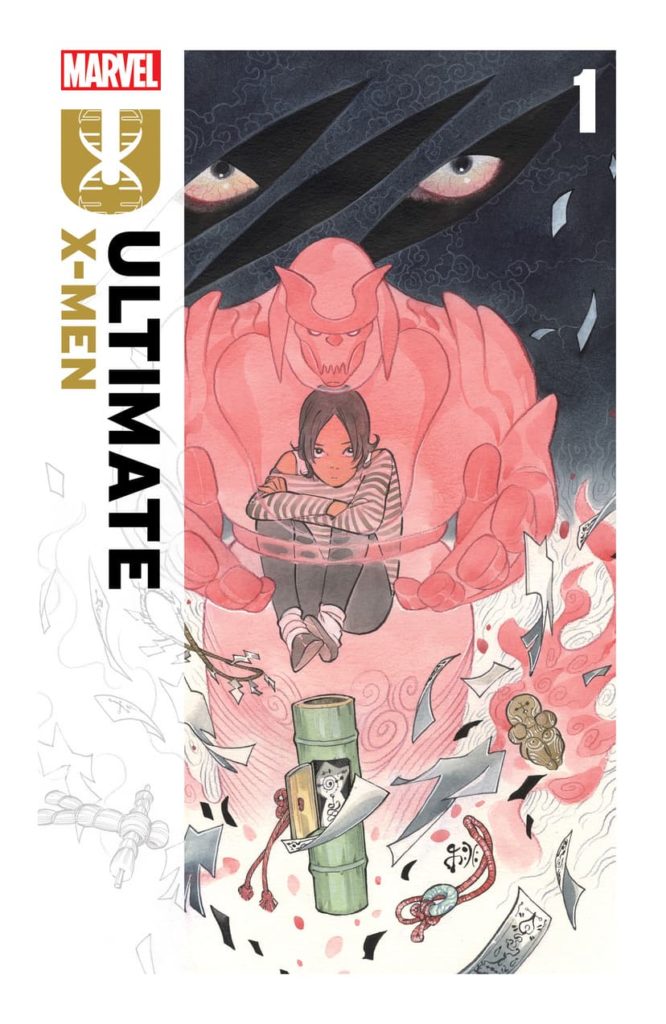
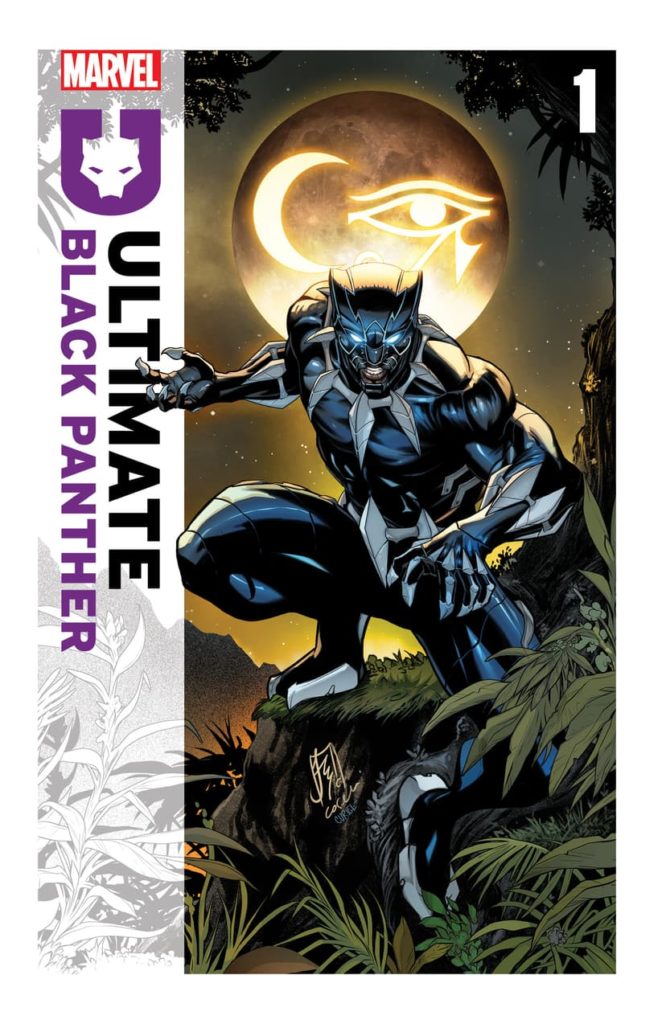
New takes on Spider-Man, X-men and Black Panther (with more to come) from top creators is always going to be exciting. But, more on the subject of what things like Ghost Machine and Giant Generator represent, the potential of a new Ultimate universe comes with that implicit promise that anything can happen. And when that anything involves characters you’ve grown up with, who can now do things the mainline universe would never allow them to do, you start to win my attention.
Considering I missed the Ultimate Universe the first time round in the early-2000s, this really feels like the moment for me and a whole new generation of readers. Seeing Peach Momoko be given free rein on the X-Men, especially as my interest in them begins to wane, it’s a beautiful confluence of events.
The new Ultimate Universe has the potential to be an antidote to the concerns my have about mainstream superhero comics right now. And I keep coming back to that word: potential. Because I think what excites me most about this line of books is less what they’ll be specifically (though I’m sure they’ll be excellent) and more what it could trigger in the industry.
Publishers put out too many books. There is no way any fan can effectively follow even a majority of what’s happening at Marvel without burning a massive hole in their wallet every month. And given the rising cost of goods and how that’s impacting titles, with more and more 20-page issues being priced at $4.99, something needs to change before a worst case scenario starts to play out.
Smaller lines of titles, concentrated around strong creative teams with the licence to execute a long-term vision, is a key part of what needs to be at the core of comics going forward. It’s what made early Krakoan X-Men such a success; it’s what’s driving interest in things like the Massive-Verse, Ghost Machine and Giant Generator. And, when sales increase by a large amount on each title in a smaller line of books, it frees publishers up to experiment more with format and price.
In short: fewer comics at a higher quality should open the market up to lower prices and more successful individual books. And the Ultimate Universe may just be the thing that helps Hickman convince the industry of the viability of this strategy.
Closing Thoughts
As we move into 2024 and wait for the biggest of NYCC 2023’s announcements to start to see fruition, I’m left cautiously optimistic.
This is arguably the best state that I’ve seen independent comics in for a long time, between the new projects mentioned above and the continuing series currently on the stands. It finally feels like a select echelon of creators have tapped into how to structure these shared universes that are all the rage right now, delivering satisfying stories without any individual universe feeling too much (though there is an argument to be made that the combined weight of them all may present some problems for the industry down the road if things continue to expand).
Furthermore, even if Marvel and DC aren’t entirely calibrated towards total success, they’re each committing to revitalising old concepts in fresh, new ways, and carving out space in their lines for something outside the regular, mainline grind of continuity.
What worries me is all the other pieces: the constant event cycle, the habitual reboots and renumberings etc. None of it is particularly new, but with every comic becoming more and more expensive, there’s a thinner margin for error with each of these exercises in commercialism. What’s more, these other pieces support the bulk of the industry, and a rising tide sinks all ships. So, if there are lessons to be learnt, they need to be learnt quickly – for everyone’s benefit.
While I’m immensely excited to follow my favourite creators into their newest passion projects, and my love of comics has returned in full force after a tumultuous year, I can’t help but be cautious. It’ll be very interesting to see where these conversations move to this time next year.
